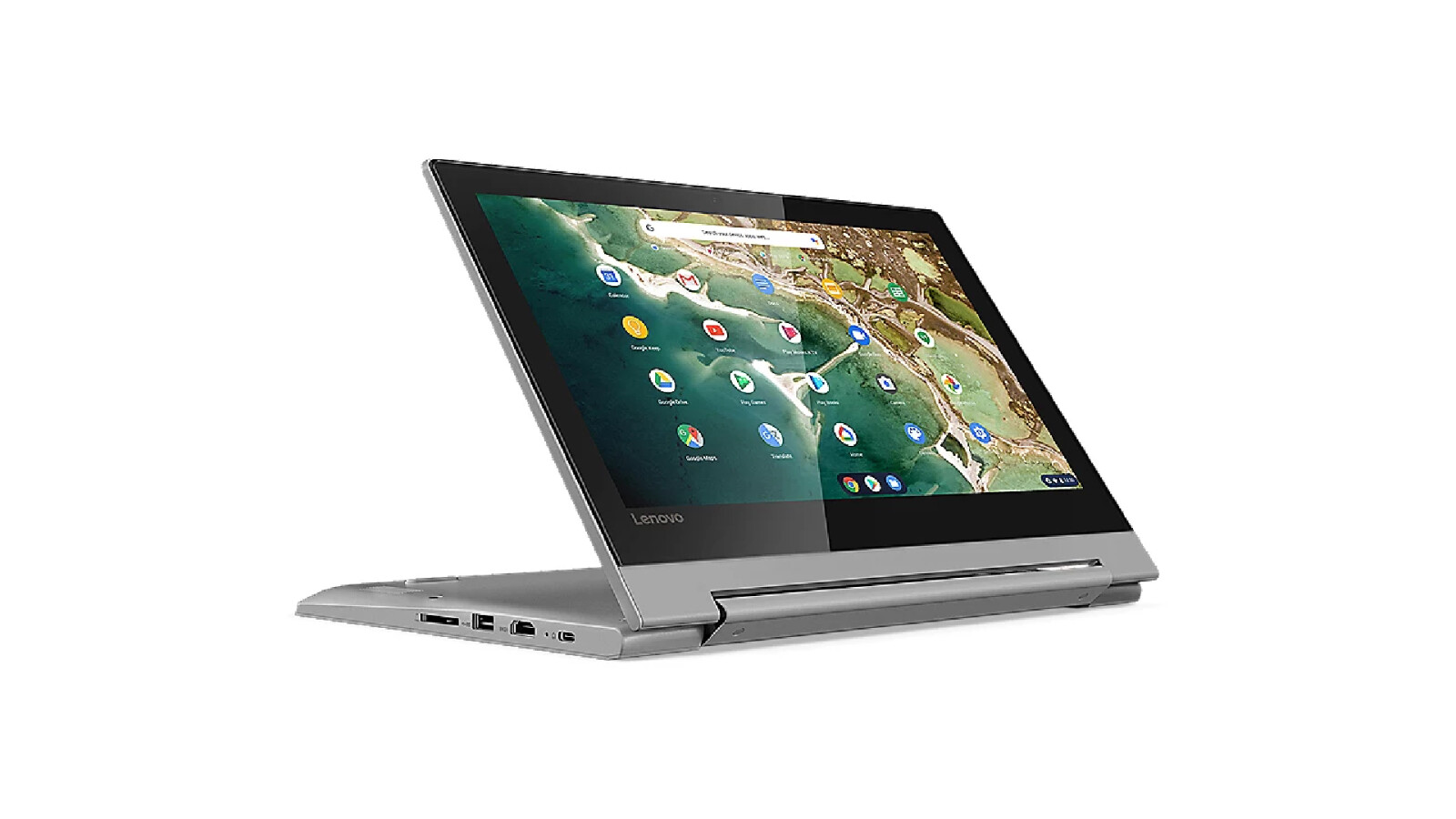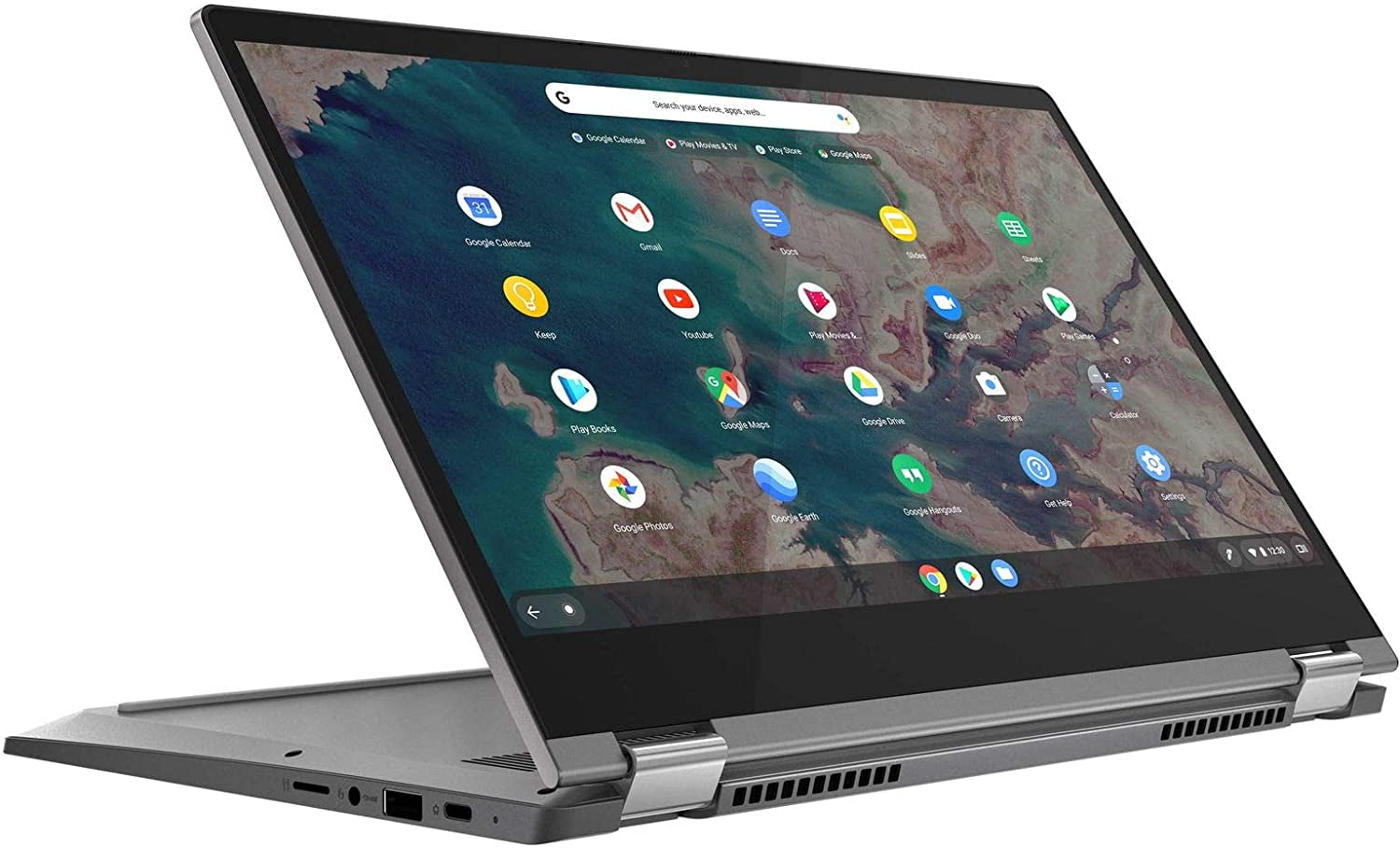

(And in case this doesn’t go without saying, you’ll want to stay far away from this thing if you plan on doing anything fancy with Linux.) Overall, this device is best if you’re looking to do basic office or school tasks, and don’t think you’ll need to have more than a few things open at a time.

The one Zoom meeting I tried (on top of some other tabs I needed) was also a bad experience - audio randomly cut out a couple of times, and the video was stuttery throughout. The Flex 3 did get the job done, but it was quite slow. The only task where I ran into real trouble, though, was sorting through a batch of shots in Google Photos (with a couple of other apps running on the side). Scrolling got a bit sluggish when I tried to work on top of a Spotify or YouTube stream, and the transitions between laptop and tablet mode were a bit slower than I would’ve liked. I was able to use the laptop for a substantial workload, jumping between dozens of Chrome tabs and some apps, but the experience was cramped enough that I wouldn’t recommend it.

But Chrome OS is a lighter load, and I can vouch that the Flex 3’s screen is a bigger limit on multitasking than its horsepower is. On a Windows machine, these specs would be a hard pass. That’s the bottom of the barrel as Intel processors go, and it comes with just 4GB of memory (LPDDR4–2400, soldered) and 64GB of eMMC 5.1 storage. This Ideapad Flex 3 Chromebook configuration is powered by Intel’s dual-core Celeron N4020. That’s the lowdown on the chassis - let’s look inside. I’ve been using the Flex 3 as my primary driver for a week, and while I will miss the keyboard and audio when I send it back, I can’t wait never to have to look at this terrible screen again. I’m gonna be real: It’s pixel-y to look at. Moreover, it’s dim (maxing out at 250 nits), kicks back a ton of glare even indoors, and is quite low-resolution (1366 x 768). It’s cramped - I often use two windows side-by-side and I’ve been squinting at the tiny text to make that work on the Flex 3. Speaking of the display, though: That’s the second major drawback here. And the 360 hinge is sturdy, with a very little wobble. The display and keyboard are free of flex (despite the laptop’s name). It doesn’t feel at all flimsy, with an aluminum cover and a non-plasticky finish. I do like some things about the chassis, though.


 0 kommentar(er)
0 kommentar(er)
